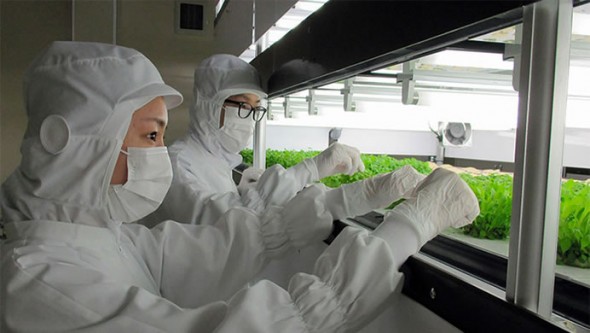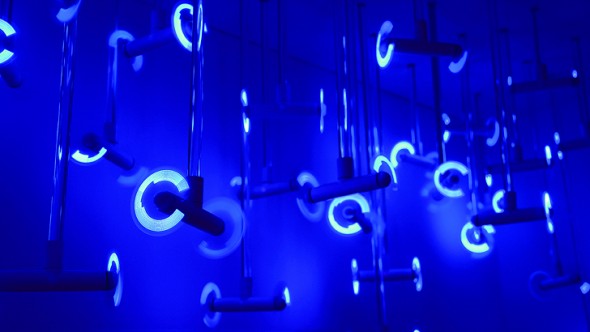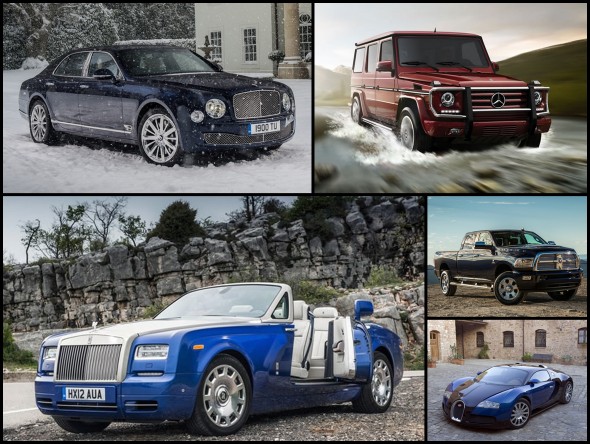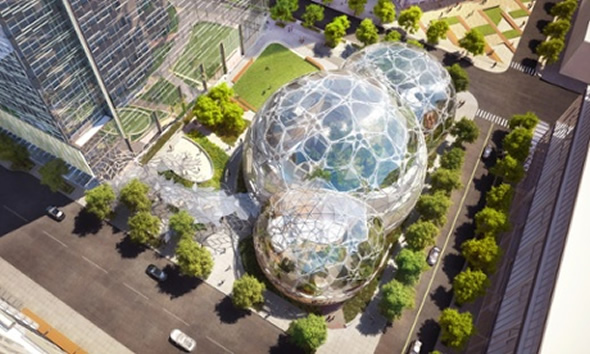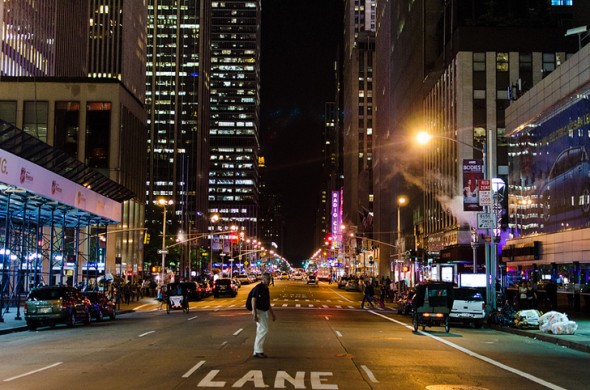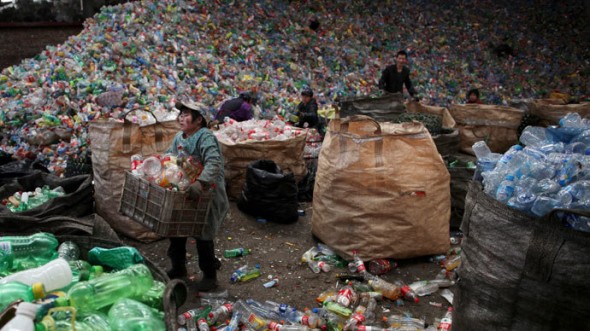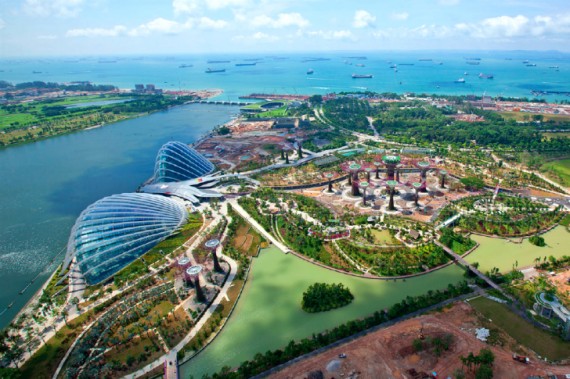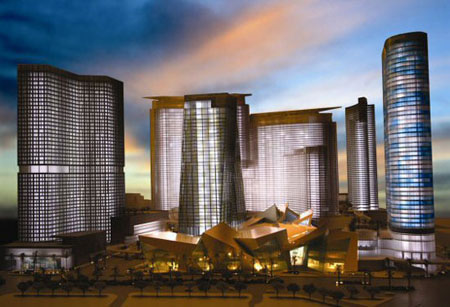
The buzz surrounding the newest project-Las Vegas City Center is that its going to be a green development project estimated to cost around $8 billion pumped in by MGM MIRAGE and Dubai World. The first building is scheduled to open at the end of 2009 and the project includes a resort casino, two non-gaming resort hotels, and almost 500,000 square foot retail and entertainment space and also will feature a $40 million public fine art program. The core team of designers includes green-minded architects like Pelli Clarke Pelli, Foster + Partners, and Rafael Vinoly. The developers have made a conscious effort to include tradesmen who are educated in green building practices. MGM MIRAGE has trained over 10,000 construction trade and craftsmen on green building techniques that are already being practiced at the site.
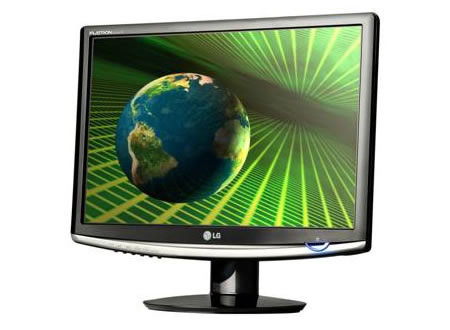
LG Flatron W2252TE stakes claim of being the world’s most energy-efficient monitor. It sports a 22-inch widescreen LCD and offers a 45% power reduction on other models, a saving of 40 watts.; thus reflecting on electricity bills. However the screen still comes with toxic chemicals that come with all electronics, and LG hasn’t changed anything about the actual materials the monitor is made from. In related news Dell, has become the first company of its type to offer goods that use less power than the Environmental Protection Agency’s Energy Star standard. It is also boasting a new record in recycling 102m pounds of IT equipment from customers in 2007, a 20 per cent increase on the previous year.
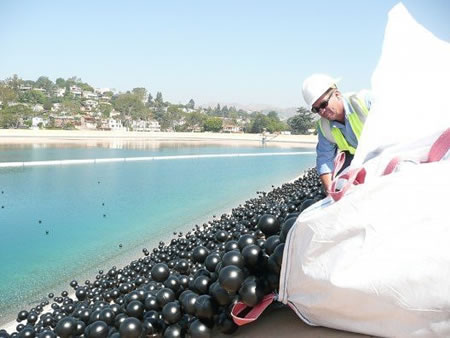
Why do you think a group of water and power workers in LA decide to throw 400,000 black colored balls into the water? At first glance it may appear like some art work in action; however it’s more for the benefit of the people of L.A. Nothing could be better than shading. It is an action intended to protect the quality of L.A. drinking water and preventing it from becoming a health hazard. An abnormally high level of bromate was detected last year in the water reservoirs and this signaled the prevention measure.
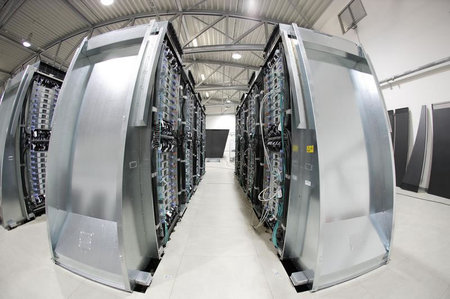
It’s very rare that a IT infrastructure company takes the initiative to offer its clients a complete green solution in its product package itself. Project Big Green by IBM, is a $1 billion project aimed to provide customers with high computing capacity in a smaller footprint while saving on power, cooling and space costs. It is designed to introduce new technologies that customers will be able to use in order address energy challenges in data centers. A modular data center may be the right move for a company that doesn’t want to take on the additional cost of building out a data center, but is still looking for high computing efficiency; off setting costs and adding efficiency are driving IBM and its customers to adopt ecologically friendly products. Very few companies are doing power efficiency or space efficiency because it is the ecologically right thing to do. This has however received lukewarm response simply due to the fact that, in most cases the IT head isn’t the one who pays the power bills so why saving on energy & heating costs be his concern.
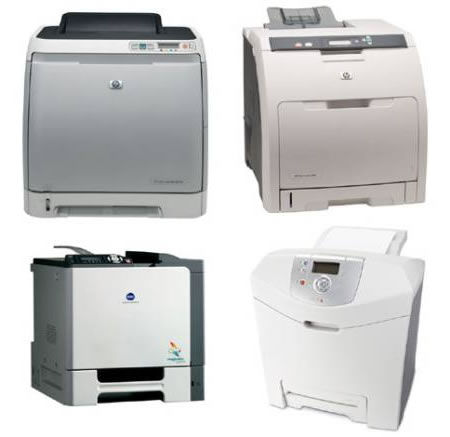
When it comes to IT infrastructure the immediate environmentally focused goals include ensuring that all its PCs, laptops, and servers meet the highest level of energy efficiency and have a minimal number of toxic components. It is planning centralized power management on its PCs, as well as extending the life of PCs from three years to four years to keep them out of the landfills for as long as possible. But what about other waste like the misuse of paper for un-necessary notifications or memos among colleagues. San Francisco wants to cut its paper use in offices by 20 percent as part of its new environmental strategy for the city. One great way to reduce paper waste is the centralization of printing to one printer per floor. Of course this may cause an epic panic if say one printer gets jammed and the entire floor’s print jobs are routed to the other floors. It would be the ultimate logistical nightmare if no one really knew which printer got the job done. San Francisco uses about 215 million sheets of paper per year, spending about $946,000 on paper. That doesn’t account for some of the other expenses involved with printing, such as the ink and the hardware. But the city wants to become more environmentally responsible.

Laying it down straight for you- the average motorcycle is 10 times more polluting per mile than a passenger car, light truck or SUV. Yes sir, that’s the truth. Although bikes are twice as fuel-efficient as cars and emit a lot less C02; they account for 10 percent of passenger vehicles’ smog-forming emissions. Bikes emit large amounts of nitrogen oxides, which along with hydrocarbons and carbon monoxide are measured by state and federal air quality regulators to determine whether vehicles meet emissions rules.

What is touted as the biggest announcement for this year with the apple iPhone 3G may have an often ignored flaw. Jobs announced the new iPhone will be available July 11th for half the price it sold at last year, but what was not mentioned was if the new phone was green. Apple has been criticized by some environmental organizations for not being a leader in removing toxic chemicals from its new products, and for not aggressively or properly recycling its old products. When asked about the new iPhone’s green stand, a spokesman who is responsible for all of Apple’s environmental initiatives said she didn’t know whether the new iPhone meets the “Green Apple” standards set last year.
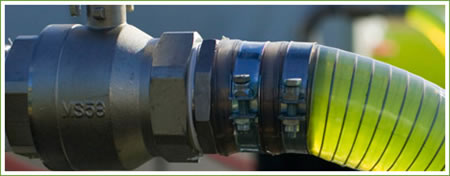
A start-up alternative energy firm has announced that it has found a way to convert sunlight, CO2 and microorganisms such as algae into gasoline. The San Diego, Calif.-based company also disclosed that it has raised $50 million from Arch Venture Partners, Venrock, and the Wellcome Trust. The company, they say, started with 3 friends discussing a very interesting question: “Why is the biofuel industry spending so much time and energy to manufacture ethanol — a fundamentally inferior fuel?” The friends – a bioengineer, a chemist, and a biologist – set out to recruit the best minds they could find to collaborate with them on the project, and the results speak for themselves. They developed a unique platform using sunlight, CO2 and microorganisms such as algae” to produce the fuel, without the use of arable land.
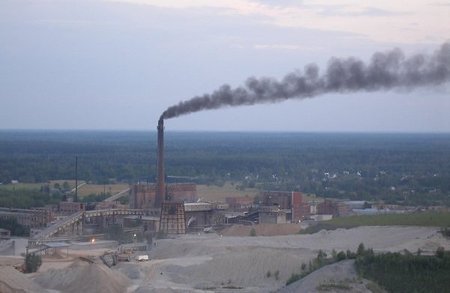
The Northern Ireland Department of the Environment said workers at Albion Chemicals Ltd. poured nitric acid into a disposal container that was contaminated, causing a reaction that produced plumes of nitrous oxide. This caused a massive cloud of smoke which initially appeared toxic, firefighters and police men jumped in their cars and rushed to the scene. Protected by their equipment including gas masks, firefighters sprayed the gas cloud with water mist and rushed on to halt any leaks in the sewage.
 Japan has initiated its ‘Cool Earth Initiative’ in which it outlines that Japan will reduce its carbon emissions by 60-80% by 2050. It also called other nations of the world to strive to cut by half the global carbon dioxide output by 2050. G-8 summit leaders voiced support for that last year. Japan is struggling to meet obligations under the Kyoto global warming pact to cut emissions of greenhouse gases by 6 percent below 1990 levels by 2012. Emissions’ trading involves the setting of caps and credits on greenhouse gas production. Any company or nation emitting levels higher than those allotted would have to buy credits from those emitting lower levels. Prime Minister Yasuo Fukuda said Japan would use a broad range of strategies to reduce its emissions, including investment in new technologies, stiff construction standards to create energy efficient buildings, an array of tax incentives and a public awareness campaign.
Japan has initiated its ‘Cool Earth Initiative’ in which it outlines that Japan will reduce its carbon emissions by 60-80% by 2050. It also called other nations of the world to strive to cut by half the global carbon dioxide output by 2050. G-8 summit leaders voiced support for that last year. Japan is struggling to meet obligations under the Kyoto global warming pact to cut emissions of greenhouse gases by 6 percent below 1990 levels by 2012. Emissions’ trading involves the setting of caps and credits on greenhouse gas production. Any company or nation emitting levels higher than those allotted would have to buy credits from those emitting lower levels. Prime Minister Yasuo Fukuda said Japan would use a broad range of strategies to reduce its emissions, including investment in new technologies, stiff construction standards to create energy efficient buildings, an array of tax incentives and a public awareness campaign.

